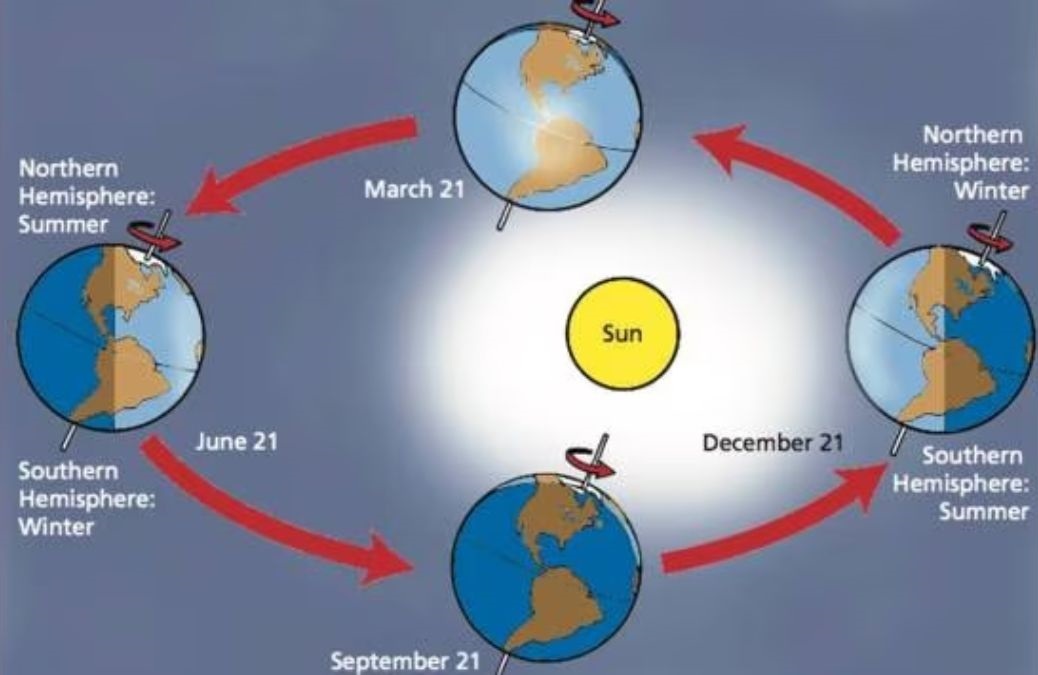As the days shrink and shadows lengthen, a hushed anticipation settles over the Northern Hemisphere. Nature prepares for its deepest slumber, and the year reaches a turning point on December 21st – the winter solstice.
While the Northern Hemisphere experiences the longest night and shortest day on December 21st, the Southern Hemisphere has the opposite – their shortest night and longest day, marking the start of the summer solstice!
But what exactly is this astronomical marvel, and why does it crown December 21st with the longest night of the year? Let's embark on a journey free of complex jargon, unravelling the magic woven into the fabric of the winter solstice.
What is the Winter Solstice?
As Earth spins around the sun, its tilt changes, sometimes leaning towards the sun and sometimes away.
On December 21st, the Northern Hemisphere reaches its maximum tilt away from the Sun, thus causing the Sun's rays to hit us at a much shallower angle. The Winter Solstice is when the Sun is farthest away from the Northern Hemisphere, casting long shadows and plunging us into the year's longest night.
The winter solstice marks the start of winter in the north and summer in the south.
Also read: Who Is Dr. Akshata Krishnamurthy? First Indian Mars Rover Operator
Why December 21 Will Have Longest Night Of The Year?
The reason December 21st has the longest night in the Northern Hemisphere boils down to two key facts: Earth's tilt and the sun's angle.
Our planet isn't spinning upright like a perfectly balanced top. Instead, it has an axial tilt of 23.5 degrees. This tilt remains constant throughout the year, but its direction relative to the sun changes as Earth orbits.

On December 21st, the North Pole is tilted the farthest away from the sun. Imagine Earth like a tilted beach umbrella. In summer, the North Pole faces the sun, basking in long days and short nights. But on December 21st, the umbrella tilts away, leaving the North Pole in the shade, leading to our shortest day and longest night.
Due to the shallow angle, the sun spends less time above the horizon on December 21st. This shorter path translates to fewer daylight hours, resulting in the year's shortest day and longest night for the Northern Hemisphere.
Also read: Top 10 Google’s Most Searched People in the World (2023)
Comments
All Comments (0)
Join the conversation